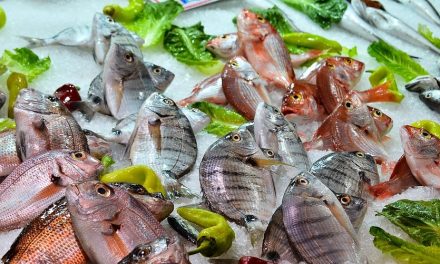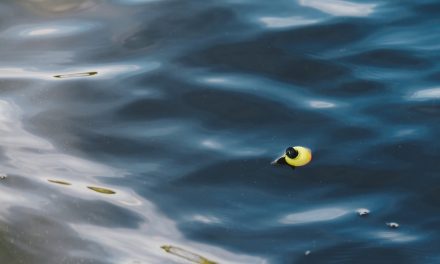The bass is America’s number one gamefish. No other fish has garnered so much attention in the minds of the sporting public, with nation-wide tournaments, TV shows, celebrities, and its own style of fishing boat. But with all the emphasis on the pursuit of this fish, what about the keeping and eating? Can you eat bass?
Of course! They are rich in vitamins and protein plus low in calories. There are over 20 different species from two different groups that bear the name of bass, and they all have their admirers as cuisine. Let’s take an in-depth look at some of these fish and their use as table fare.
Black Bass
This group of fish is the most popular to pursue, Comprised of the popular largemouth, spotted, and smallmouth bass, this group also includes 13 other species that inhabit smaller habitats in the southern United States.
Largemouth Bass
The money fish. The largemouth bass is the tournament angler’s target of choice and graces the cover of nearly every fishing catalog. Many are caught and released every year, but not as many are kept to eat.
This is for the simple reason that largemouth is the fishier tasting and smelling member of the black bass family. This taste and smell are due to their preference for swampier dwellings and love of crayfish and frogs. A milk or lemon marinade will help with this. Below is a recipe I found that works good for largemouth and pretty much any fish for that matter.
Here is the recipe:
1 fish = 2 fillets
1 cup peanut oil heated to 375 degrees
mix 1 egg with 1/4 cup milk
mix 1/2 cup cornmeal with 1/4 cup flour
Dip the bass fillet in the egg/milk mixture. Coat the fillet with the cornmeal/flour.
Fry for 4 minutes and turn. Fry for an additional 4 minutes.
Add a squirt of lemon juice and salt & pepper to taste.
Serve immediately.
Smallmouth Bass
The largemouth’s cousin and the better tasting of the two most common species of bass, the smallmouth bass prefers to spend more time on the move looking for prey. They have less of a fishy taste and smell when prepared. Some say the meat is firmer, with a sweeter and cleaner taste. The spotted bass is very close in texture and flavor, though similar in appearance to the largemouth.
Temperate Bass
Temperate bass includes the sought-after striped bass, the white bass, and the small yellow bass. European seabass and spotted seabass are also members of this group.
Striped Bass
Normally a saltwater fish that goes upriver to spawn, the striped bass has become a heavily stocked sportfish on various large lakes across the United States. These fish can grow big, like up to 70 pounds, but typically are found in the three-to-fifteen-pound range. Some say that the saltwater caught fish have a better flavor and less flaky meat, but all agree that the meat has an almost buttery taste.
White Bass
My cousins and I used to catch these all the time from our grandparent’s dock. The fish would come up into the shallows to feed, and the surface water would look like it was boiling. It was almost too easy to catch a mess of them for dinner. Some locals disparaged them as trash fish and referred to them incorrectly as sheephead, but we thought they fried up pretty tasty.
Other Bass
These fish bear the name bass but are members of the family in name only. Nonetheless, many are prized table fare, and some even look like members of the rock bass family.
Rock Bass
Otherwise known as a google-eye, these fish are actually a variety of sunfish and just as good of eating as their cousins. The only downside to rock bass is their small size, which means more fillets are required for a meal.
Butterfly Peacock Bass
This colorful South American fish hails from Brazil and is a highly prized gamefish. It was introduced into fisheries in Florida, Hawaii, and Puerto Rico, where its aggressive nature makes it an effective management tool for controlling populations of exotic forage fish. It has a clean, white, flaky fillet and is said to not have a fishy taste.
Health concerns
Like all fish, bass typically have some level of pollution, particularly mercury, present in their bodies, sometimes at a higher level than other species present. If you choose to eat bass (or any other fish) please check your state’s guidelines for the consumption of fish, as some bodies of water produce safer fish than others.
Conclusion
So, now that we have seen that you can eat bass (and enjoy it!), take advantage of a spring morning to go and catch a few. And when the season opens, don’t be afraid to make one into dinner.
- 10 Types of Fish That You Should Never Eat - May 29, 2021
- What Fish Does Caviar Come From? - May 29, 2021
- How Fishing Has Changed Over Time: A Brief History - May 29, 2021






